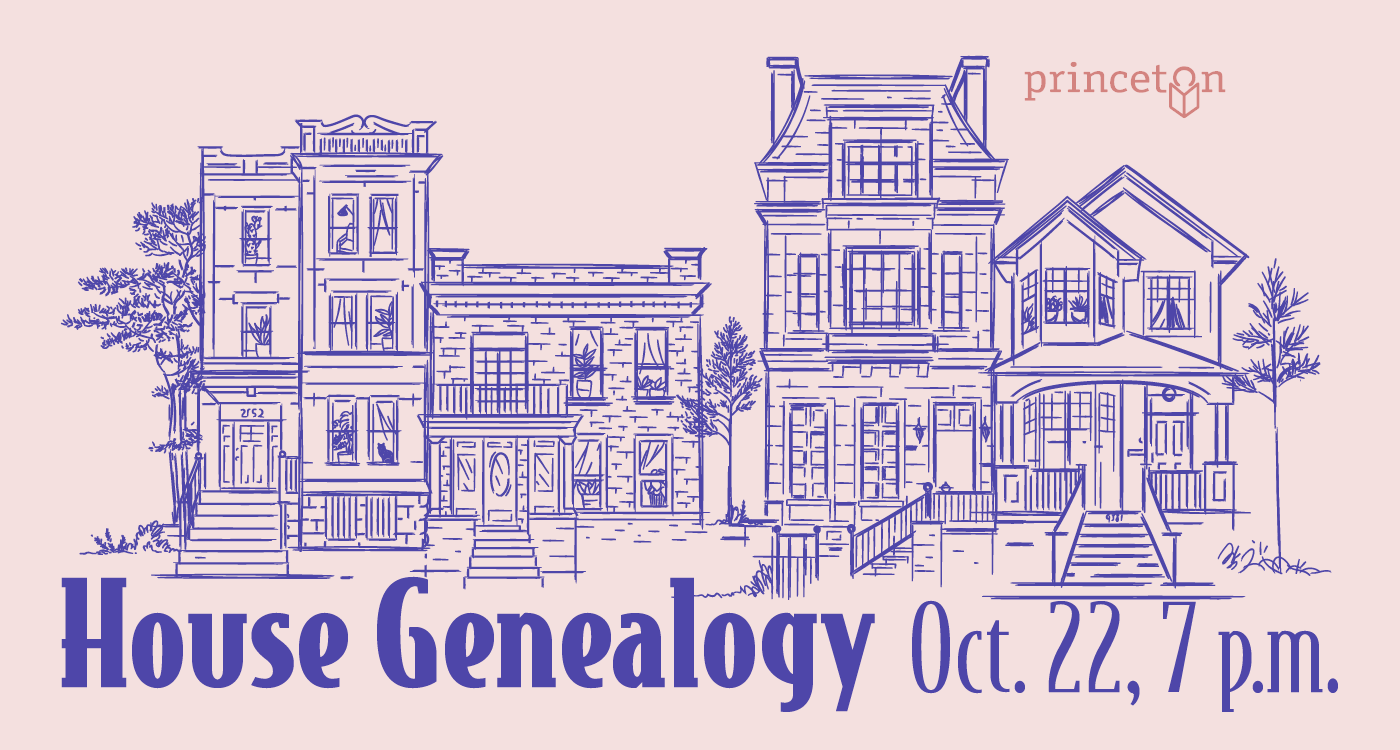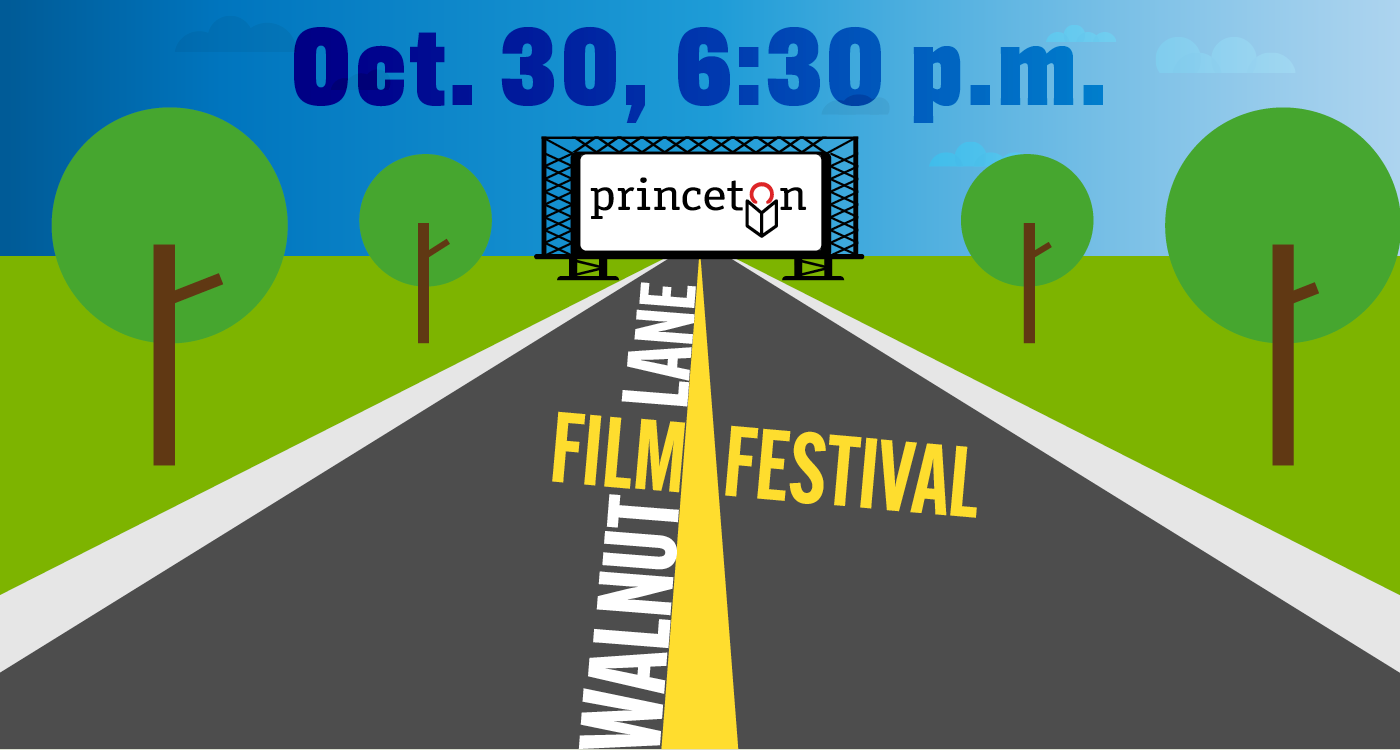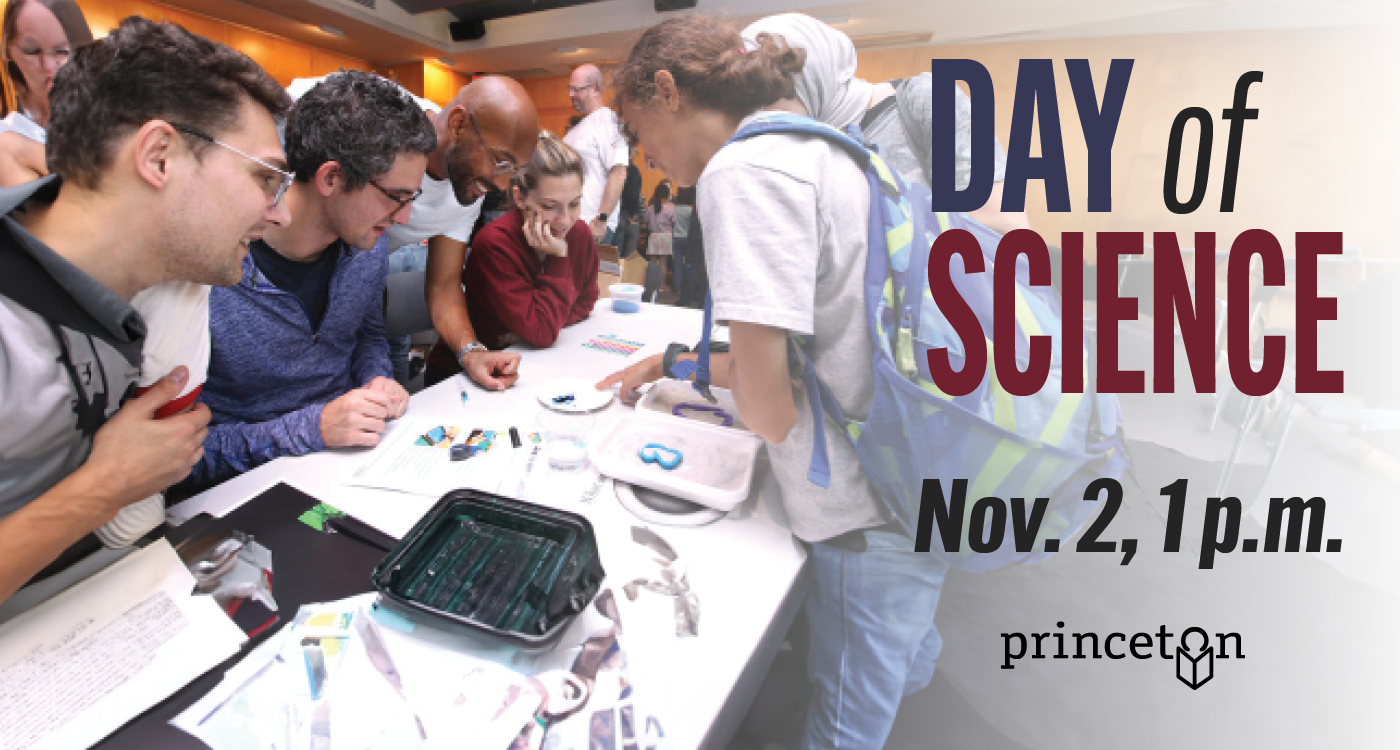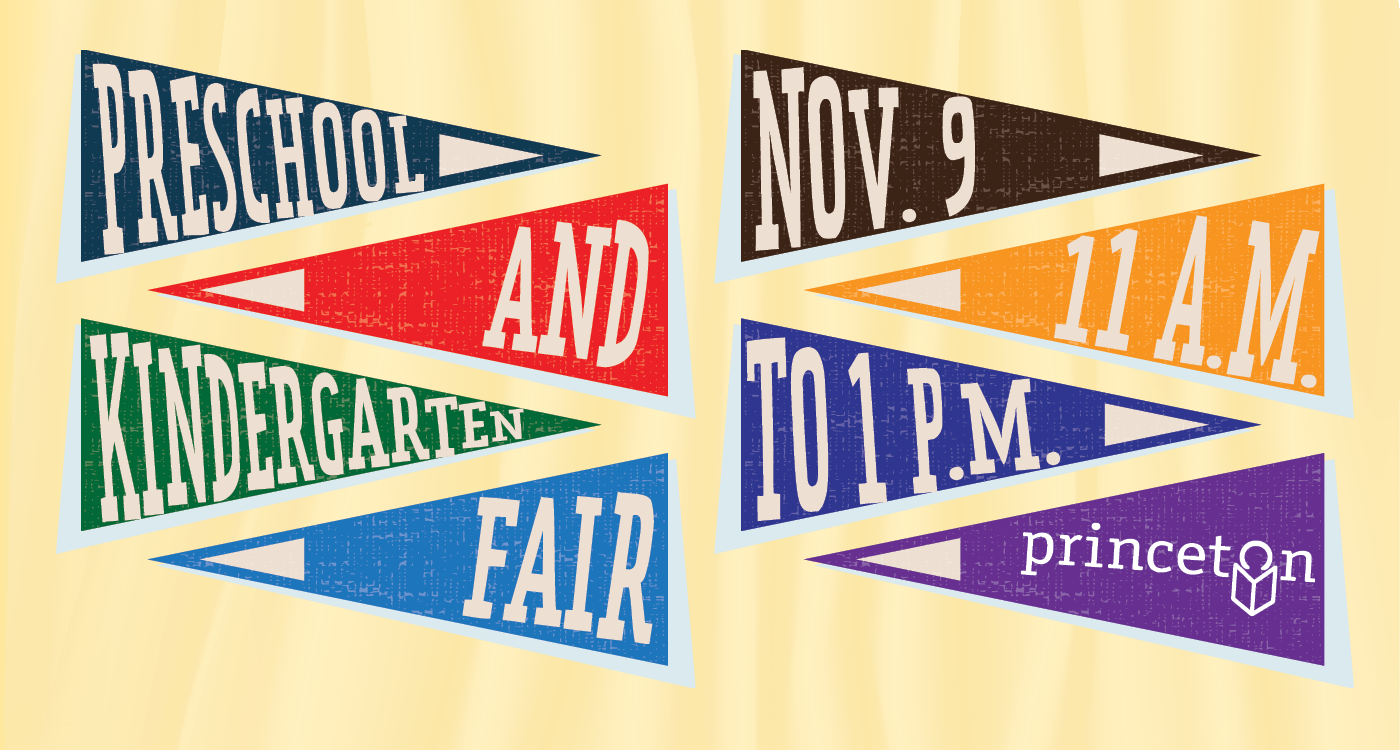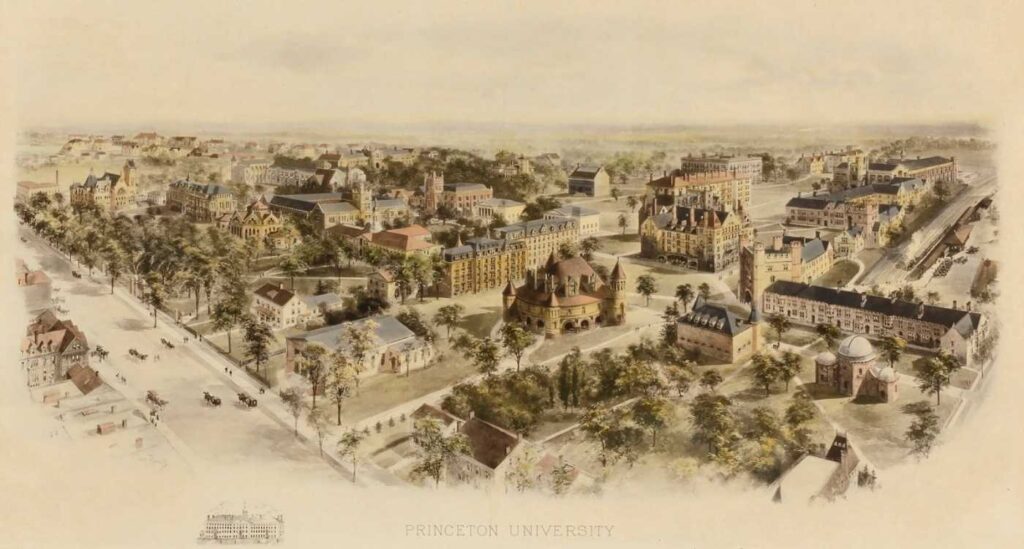
Princeton Public Library - Home
Visit Us
Princeton Public Library
65 Witherspoon St.
Princeton, NJ 08542
Contact Us
Download & Stream
What's Happening at the Library
Upcoming
View More >>Watch Now
New and Noteworthy

Latino Poetry: Places We Call Home
Poets Enriqueta Carrington and Carlos Hernández Peña host four sessions on Latino poetry themes.

Go Between Club
Students in grades 6-8 are welcome to join a fun monthly discussion of books and other interests.

National Native American Heritage Month - Nonfiction
November commemorates the history and culture of Indigenous peoples with ties to the land now occupied by the United States.
Spotlight On

Work at the Library
Check out the last job postings and apply to work at Princeton Public Library.
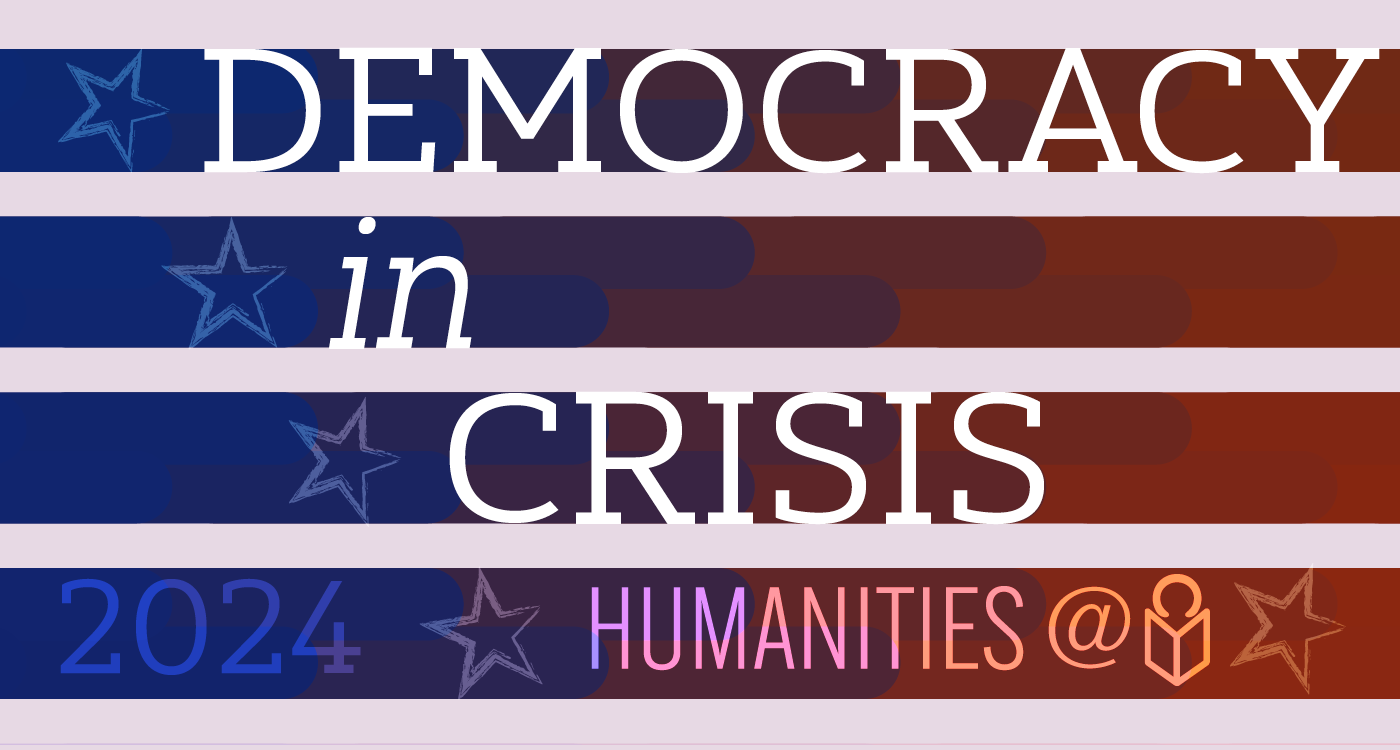
Democracy in Crisis: A Resource Guide
This guide collects and shares resources helpful for making sense of the global crisis of democracy.

PressReader
PressReader provides access to The New York Times, hundreds of other papers from around the world plus The Economist magazine.


